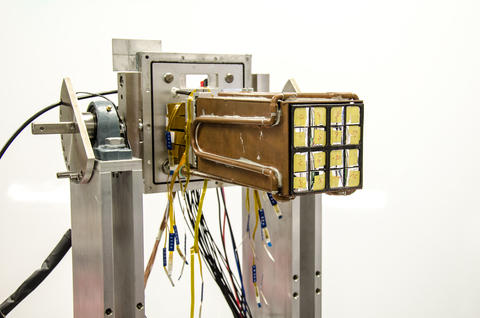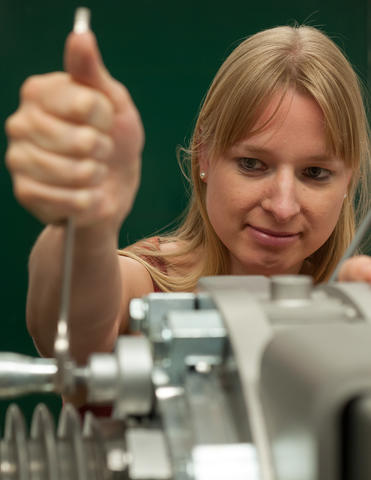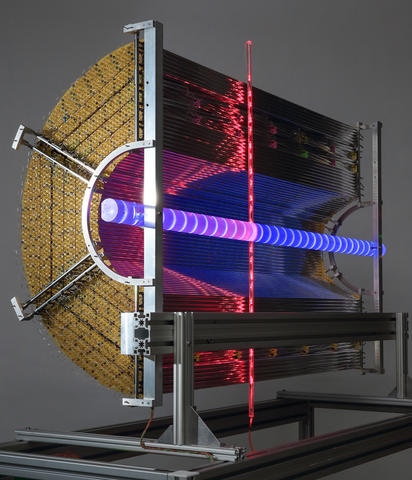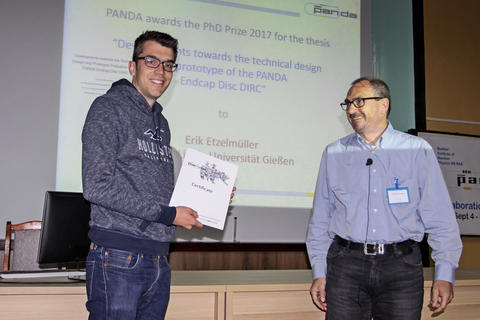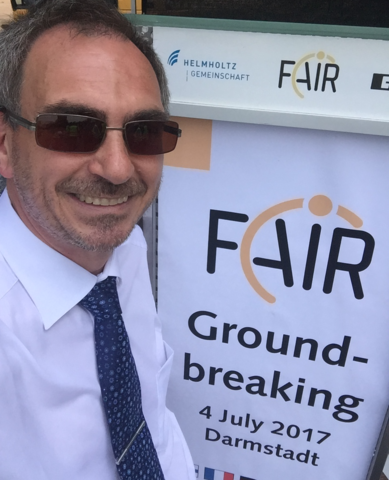+++ Recent news +++
Workshop „Physics Opportunities with Proton Beams at SIS100” was held in Wuppertal
+++ PANDA meetings +++
04/03-08/03 2024 CM 24/1 in Münster
24/06-28/06 2024 CM 24/2 at GSI
25/06-26/06 2024 FEE/DAQ Workshop
04/11-08/11 2024 CM 24/3 at GSI
16/06-20/06 2025 CM 25 in Uppsala
Upcoming events
-
19/08/2024 to 24/08/2024
-
25/08/2024 to 30/08/2024
-
26/08/2024 to 04/09/2024
-
02/09/2024 to 05/09/2024
-
23/09/2024 to 27/09/2024
-
19/10/2024 to 25/10/2024
-
27/03/2025 to 31/03/2025
-
02/04/2025 to 04/04/2025
Powered by Drupal


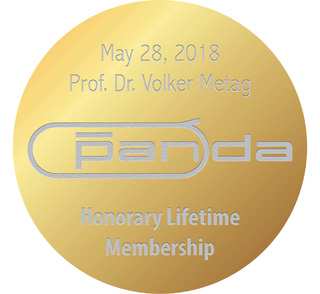

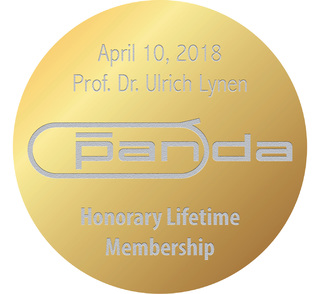 In recognition of his engagement and achievement, the PANDA collaboration awarded to him the "PANDA Honorary Lifetime Membership" for his "Outstanding Service to the PANDA Collaboration and the Field of Hadron Physics".
In recognition of his engagement and achievement, the PANDA collaboration awarded to him the "PANDA Honorary Lifetime Membership" for his "Outstanding Service to the PANDA Collaboration and the Field of Hadron Physics".
 related to other topics/experiments, but the majority of the work in the thesis must be directly connected to PANDA. The thesis advisor can nominate someone who successfully passed the oral defense during the period from June 1, 2017 to May 31, 2018.
related to other topics/experiments, but the majority of the work in the thesis must be directly connected to PANDA. The thesis advisor can nominate someone who successfully passed the oral defense during the period from June 1, 2017 to May 31, 2018. Starting in 2018, PANDA will award a prize every two years for the best theory PhD thesis related to the PANDA experimental program and we would like to ask for nominations for this year's prize. The prize will include the award of 200 euro and will be presented at the PANDA Collaboration meeting in June 2018.
Starting in 2018, PANDA will award a prize every two years for the best theory PhD thesis related to the PANDA experimental program and we would like to ask for nominations for this year's prize. The prize will include the award of 200 euro and will be presented at the PANDA Collaboration meeting in June 2018.